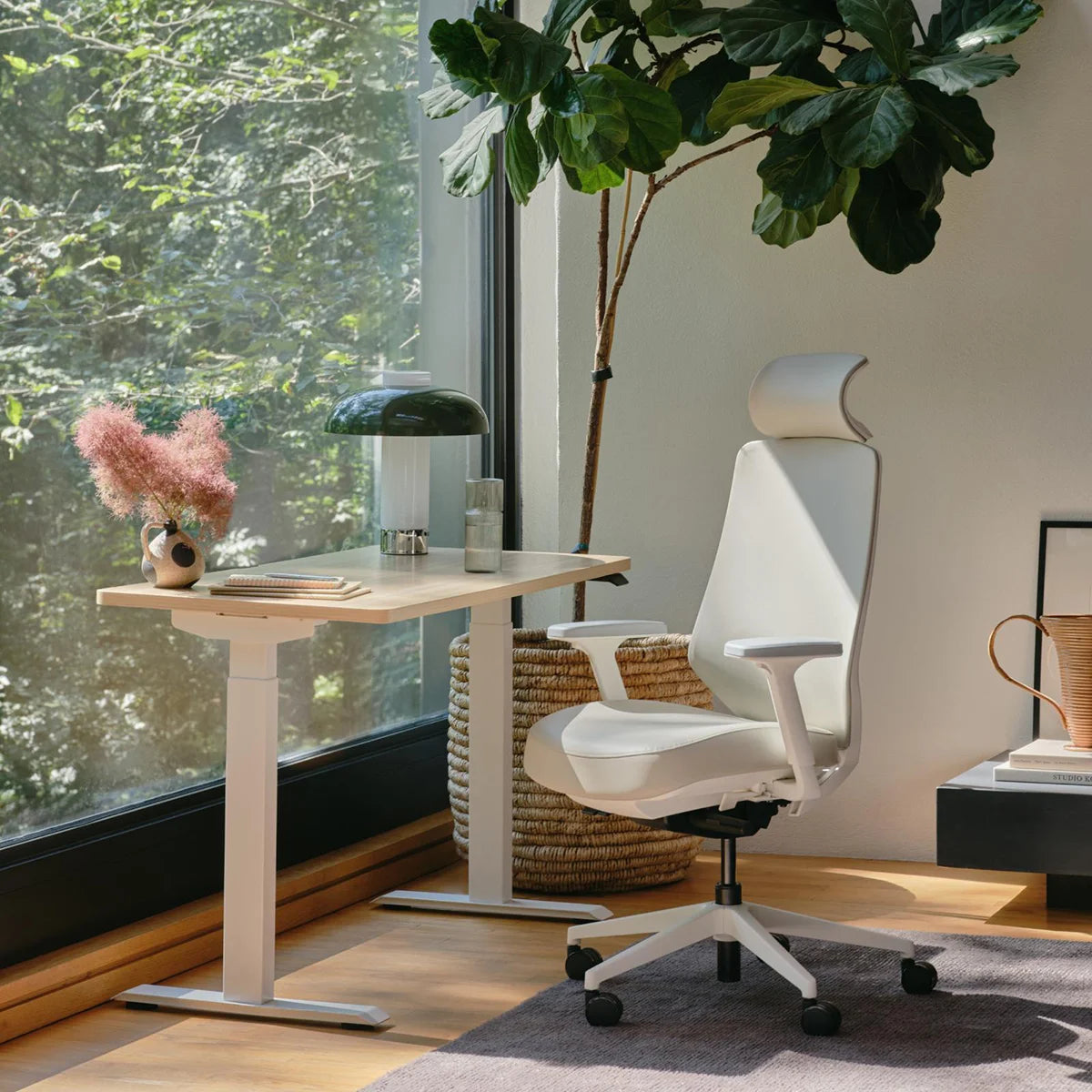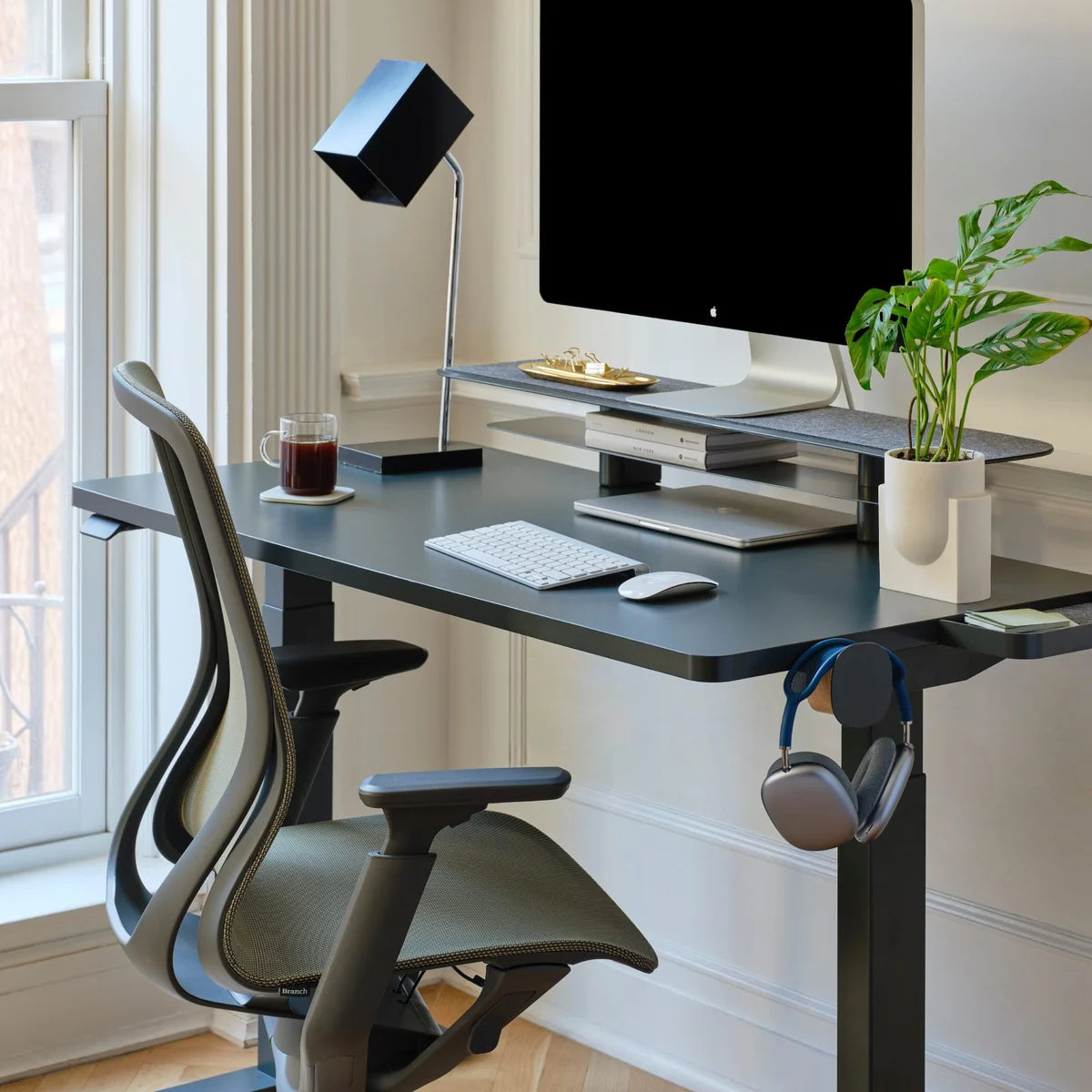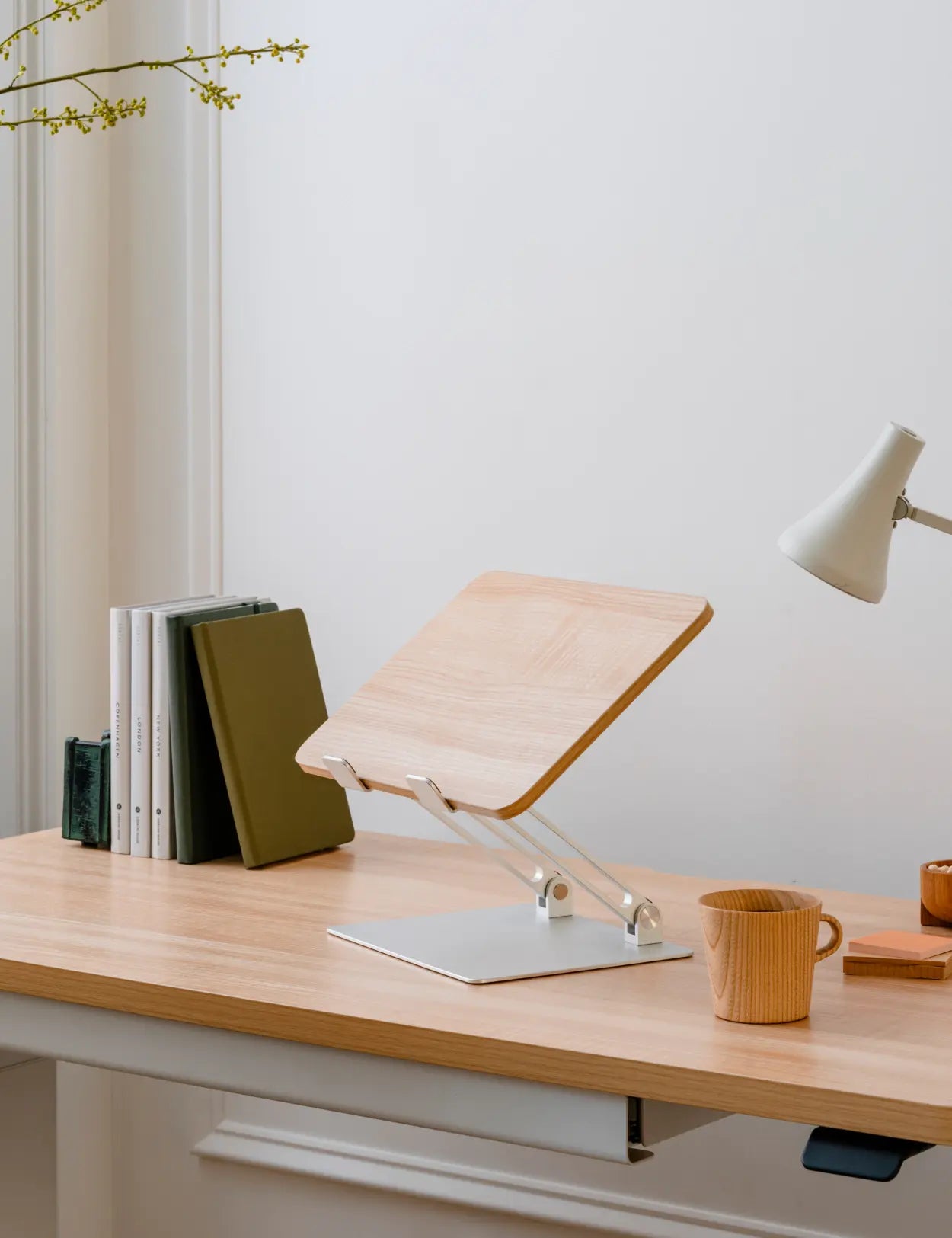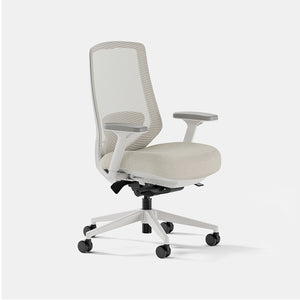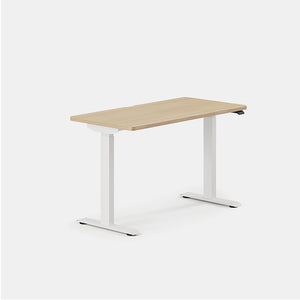Keep reading to learn what an agile work environment is, the benefits of having one, and how to design an agile workspace for your employees.
Why Agile?
What Is an Agile Work Environment?
The Benefits of the Agile Approach
- Increased interaction between team members and more cohesive teamwork
- Efficient, versatile space utilization with fewer permanently-assigned workstations
- Reduced emotional fatigue, workload, time pressure, and work interruptions for employees
- Flexibility and individual freedom for employees, improving retention and empowering employees to improve their work-life balance
- Real estate cost savings and smaller office spaces (especially if some employees work remotely)
Potential Drawbacks of an Agile Work Environment
Agile Office Design Tips
- Workstation variety: Agile workplaces provide a variety of workstations, such as standing workstations, quad desks, and open seating, so there’s something to fit every employee’s tastes. Some even include fixed seating options for those who request one.
- Comfortable seating: Seating areas and collaboration spaces for informal meetings, brainstorming, and breaks should be comfortable and welcoming. These areas sometimes replace formal meeting spaces.
- Breakout zones: Many agile offices provide breakout zones, which are seasonal outdoor workspaces and shared spaces. Adding plants to make your outdoor area “green” could help improve morale and the mental wellness of employees.
- Meeting rooms: Some agile work environments still include small or large meeting rooms for formal meetings. These often feature lounge tables for comfort.
- Touchdown spaces: Small stations designed for short bouts of productivity give employees a spot to send or check emails, upload files, or complete other quick tasks. These spaces often feature a standing desk and a charge station.
- Quiet areas: Agile work environments can get loud and distracting, especially for employees who need quiet time to work. Offices can solve this issue by setting up quiet spaces for private work, complex tasks that require intensive focus, and employees who need them.
How to Shift to an Agile Work Environment
Ready to Design Your Agile Workplace?
On new furniture, exclusive sales and more.





